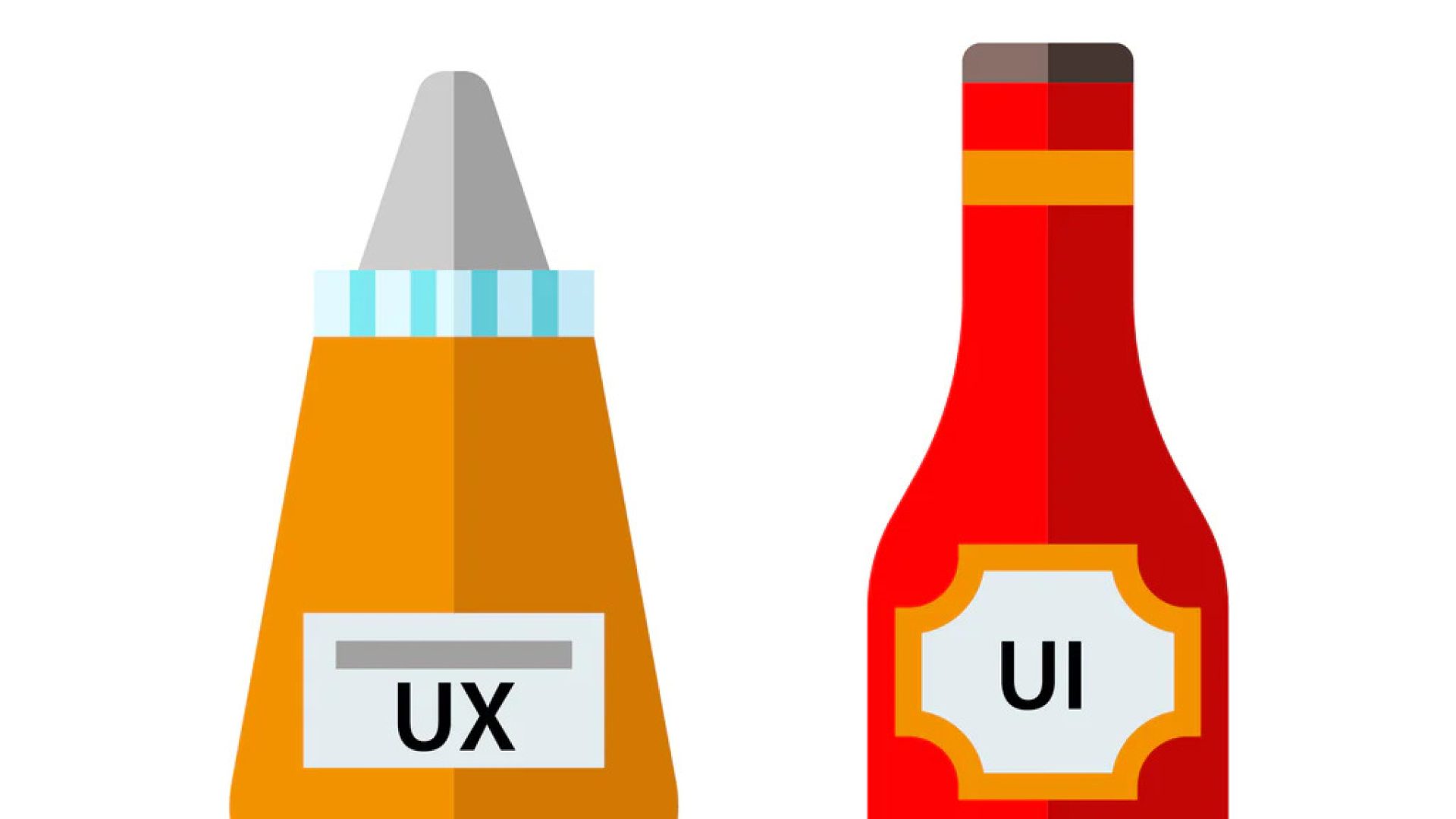Are you new to the digital scene, or do you have friends that are marketing aficionados or tech lovers? If so, it’s more than likely you’ve heard the acronyms ‘UX’ and ‘UI’ being tossed around. Don't worry, it isn’t a secret language or some hipster slang, these terms are actually a very crucial component of the success or failure of many digital products.
Let’s read on to unveil the meaning behind the acronyms and how, in different ways, they can make or break your product, app or website.
Behind the Acronyms
So what do these two terms actually mean? UX is short for ‘User Experience’ whereas UI refers to ‘User Interface’. While they refer to separate components and professions, the successful integration of both elements is pinnacle to a product and thus they work closely together in different roles of the process and design disciplines. UX Design encompasses a more analytical and technical range - requiring skills and experience in software engineering or development, however UI Design can be closer identified to resemble graphic design or web design, although the responsibilities and capabilities are more complex and still require working knowledge of coding practices.
User Experience Makes Interfaces Useful
UX refers to the process of enhancing customer satisfaction and retention by improving accessibility and all-round pleasure received in the interaction between the customer and the product by including things such as intuitive usability practices. It focuses on the user's motivations for using the product as well as their journey and feelings throughout use by using information architecture and user research. In short, user experience comes under a big umbrella, it is the sum total of all a user's emotional feelings, preferences, beliefs, perceptions as well as the psychological and physical responses that take place before, during and after the use of a system - such as the joy or irritation you may feel when using an app.
User Interface Makes Interfaces Beautiful
On the contrary, UI is used to describe the system that enables users to act with a machine, including both the physical and logical components of the product. User Interface Design focuses on anticipating what users might need or want to do and ensuring that the interface includes elements that are easily accessible, understandable and useable by bringing together concepts from other disciplines such as visual design and graphic design. It is the visual component that enables the UX journey of a user to run smoothly - it will be the links, the buttons, font and layout of the webpage for example. In summation, user interface design complements user experience, encompassing the look, the feel, the presentation and interactivity of a product into a guiding, attractive and responsive experience for users.

Similarities
Since these terms are often used erroneously, their meaning is becoming more and more misconstrued. When comparing UX vs UI we should realise that both designers are working towards similar goals, albeit their differences:
- Both UX and UI focus on customer interaction (for UI this is predominantly in terms of a digital product). Important major activities such as visual design, information architecture, interaction design, usability, user research and content strategy are all part of both user experience design and user interface design.
- Both their predominant goal is user satisfaction, while main objectives can differ regarding the end goal or use of the machine or product, website or app, they do overlap, with focus on: converting prospects and first visitors to customers or return users, increasing retention/repeat customers and improving sales and profits or improving the life of those who use their service.

Differences
It is, however, important to note that although they do share many similarities, they are separate entities requiring different skills and knowledge.
UI:
- Is often referred to as a tangible objective, easy to define. Contrarily, UX is subjective, intangible and notoriously difficult to quantify.
- UI determines and sets the actual limits of what the user can do within the mobile or web application. This is apparent in the design of the product as the user can only interact with the site through the links, forms and buttons that the web (or UI) designer has provided, thus it can determine the end usability and flow of the UX.
UX
- UX sets the limits for the user flow, and encompasses all aspects of the end-user’s overall interaction with the company, its services and its products - getting UX right is a big deal.
- UX has the power to determine the future use or continuity of the digital device. It is crucial that user experience be paid attention to as no matter how beautiful the UI can be, the overall usability and satisfaction derived from the UX will indicate any future modifications or considerations for the future viability of the device’s life.
As you can now imagine, it is nearly impossible to extricate the UX from the UI or visa-versa, they are both similar and different, dependant and independent from one another.
The major takeaway?
Hopefully this article has helped you determine the difference between UX and UI:
UX design is the process and profession of helping users accomplish meaningful, intuitive and pleasurable actions across platforms and devices.
UI design makes compelling, beautiful and aesthetically pleasing interfaces that connect with humans on an emotional level.
Still have questions about the importance of understanding and implementing UX and UI when planning and developing a mobile or web application? PixelForce is dedicated to ensuring the creation of beautiful, usable interfaces and user experiences. Why not send us a message - we’d love to hear from you!
